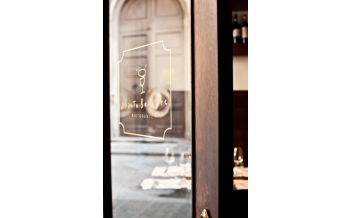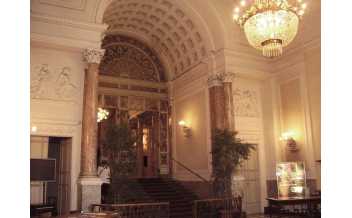“My course is set for an unchartered sea”. Dante Aghlieri, Florencian poet
By any stretch, Florence is a cultural capital of the world. Packed with priceless works of art and architecture, the city has helped to define Western civilisation. All amidst the beautiful surroundings of the Tuscany hills.
No visitor in Florence can afford to miss the galleries. The Uffizi and Accademia are the most famous, the latter housing Michelangelo’s statue of David. Book in advance to avoid the (very) long queues outside these two places. Also not to miss is the Duomo, the domed cathedral which forms many people’s mental image of the city. It’s as spectacular on the inside as on the outside.
We could go on forever listing Florence’s museums and churches, because they’re literally hiding behind every corner. The bigger ones include the Museum of the Santa Maria Novella, the Museo Novecento [Museum of the 20th Century] and the San Lorenzo Basilica, connected to Florence’s old ruling family, the Medicis. The crystalline Arno river snakes its way through the city, reflecting beautiful buildings and crossed by centuries’-old bridges. The Ponte Vecchio is the most notable of these, rebuilt in 1345 but first raised in Roman times. It’s now one of the only major bridges to have shops all the way down, as was common in Medieval times, making it the ideal place to potter and sample the local goods.
Top Attraction Florence
Free Things to do in Florence
Places to Stay:
Activities
-
Auditorium al Duomo, Florence
The Auditorium al Duomo is a restored theater perfect for performances and...
-
Boboli Gardens, Florence: All Year
Get ready to fall in love with Florence after a stroll through the Boboli...
-
Chiesa di Santa Monaca, Florence: All year
The Church of Santa Monaca is tucked away from the crowds and noises of...
-
-
-
Il Santo Bevitore, Restaurant, Florence,...
Santo Bevitore is a traditional Italian restaurant located on the Arno River.
-
-
Museo degli Argenti (Silver Museum),...
The Silver Museum located in Palazzo Pitti, houses a very unique collection...
-
Museum of Santa Maria Novella, Florence
The Museum of Santa Maria Novella in Florence consists of a visit to two...
-
Palazzo Pitti, Florence
Palazzo Pitti was the most stunning private residence in all of Florence in...
-
Palazzo Vecchio, Florence: All year
Palazzo Vecchio dates back to the 14th century and is now the city hall of...
-
-
-
-
Teatro del Maggio Musicale Fiorentino,...
The Theatre del Maggio Musicale - situated in the Teatro Comunale building -...
-
Uffizi Gallery, Florence: All year
The Uffizi Gallery is home to the grandest collection of Italian Renaissance...





















